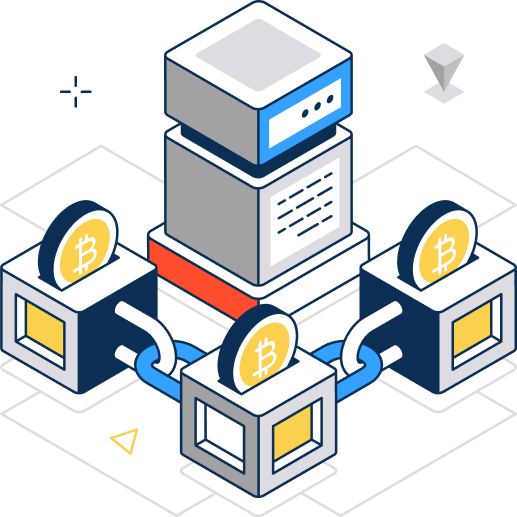
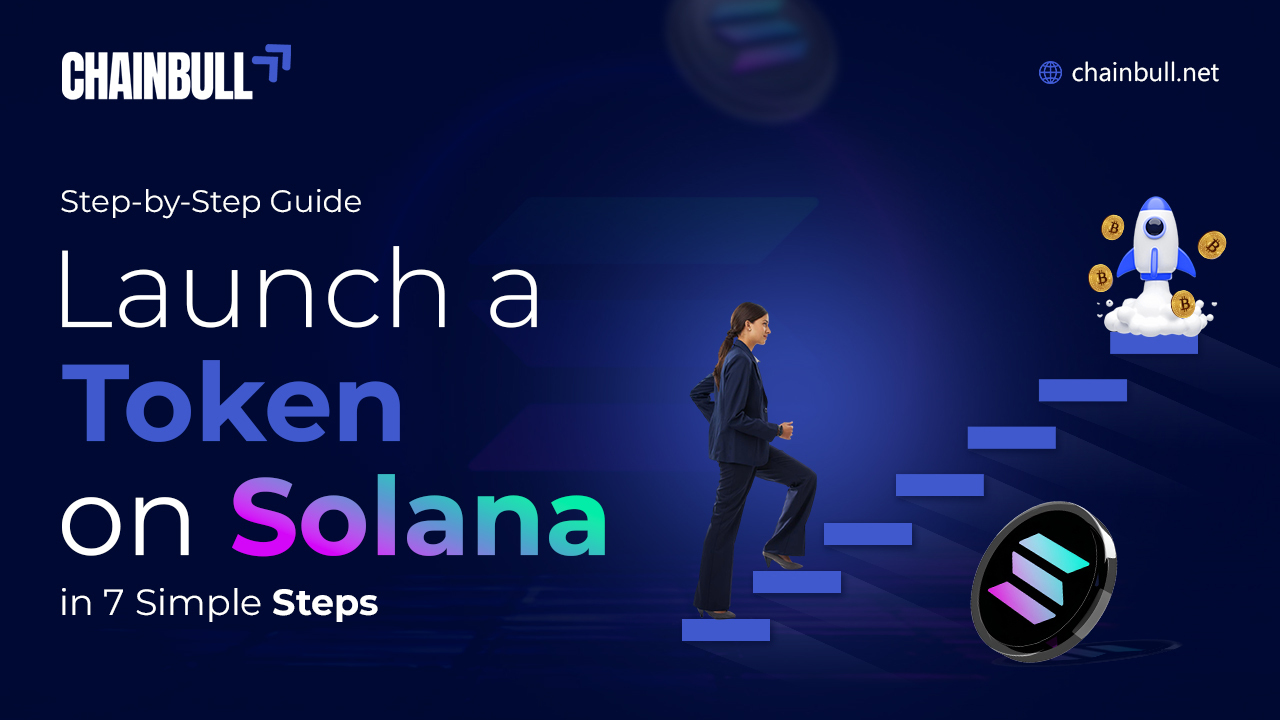
Currently, Solana is regarded as the first choice platform for those projects that require high throughput, low fees, and fast finality. Those startups, creators, or businesses that are looking for tokenized models might find Solana token development the most feasible way to accomplish it. With an SPL mint creation, tokenize assets, link token metadata for wallets and explorers, and then distribute or list the token, you have done it. A founder of utilities, a brand that plans the issue of a loyalty token, or a fintech team that experiments with fractional ownership, no matter who you are, the Solana stack is just making the token launch technically easy. Still, it is necessary to plan security, governance, and distribution carefully.
Imagine you are from a non-technical background and are building on a large scale. In such a case, it would be better if you collaborated with a blockchain consultancy or hired blockchain developers like Chainbull who are familiar with Solana’s design, metadata, and on-chain practices. This tutorial takes you through a clean and reproducible 7-step flow: local setup and devnet testing, minting, metadata, and distribution.
Start by installing the official Solana command line tools and creating a keypair for development. For all your CLI tests, set it to use devnet; devnet behavior is identical to the mainnet but no real money is used. Your wallet will be the payer of transactions, and you will be holding mint and freeze authorities while you set up the token. In case you are a business, make sure your keys are well-hidden — hardware wallets and organization vaults are highly recommended when you are past the testing phase.
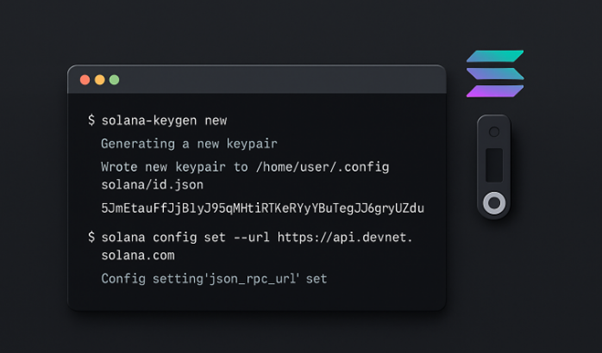
Request test SOL on devnet to pay transaction fees while you validate flows: creating a mint, creating accounts, minting tokens, and updating metadata. Perform basic transfer tests between token accounts and verify the balances. Now you can also work on your decimal precision prototype — select the token decimals according to the divisibility of your token.
Small, repeatable tests help in identifying permission, address, and encoding errors at a very early stage. Suppose you are working with stakeholders who require governance guarantees; in that case, a Blockchain consulting company will be of great assistance in preparing the tests and simulating the attack vectors before mainnet deployment.
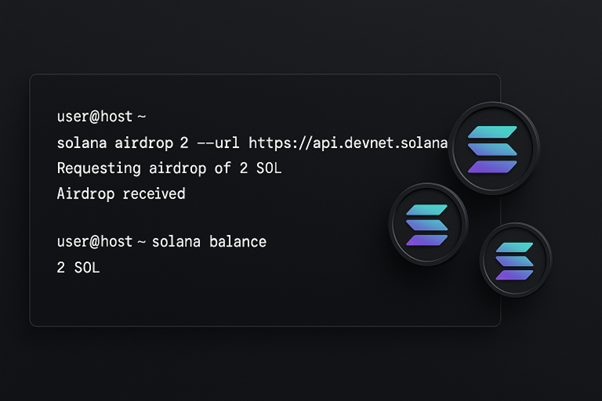
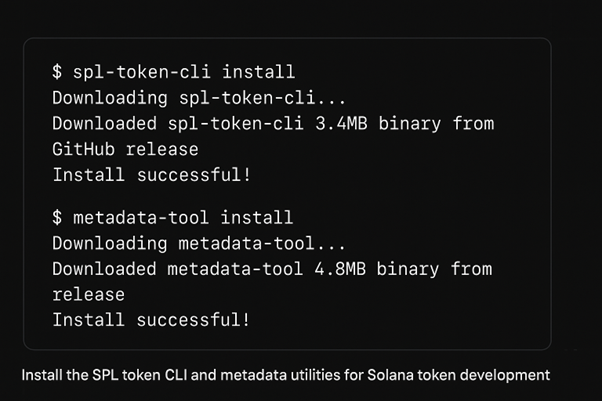
Create the SPL mint, then create the associated token accounts for the mint’s initial holder (usually your project treasury). Select the mint authority and freeze authority cautiously. In case the token supply is fixed, the standard flow would be to mint the entire supply and then revoke or set the mint authority to a team or treasury multisig.
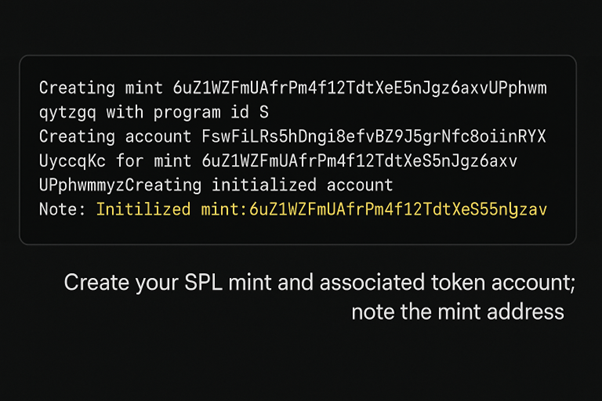
Mint the intended supply to the treasury or distribution account. After you confirm balances and decimals, decide whether to disable the mint authority (making the total supply fixed) or keep it under multisig control. Consider implementing a freeze authority only if you need temporary control for regulatory or security reasons.
Minting and authority controls are irreversible actions on the mainnet if done permanently. Teams often choose multisig setups and timelocks to align with governance and investor expectations. When you hire blockchain developers, insist on documented procedures for minting, revoking, and emergency response.


Distribution decisions impact tokenomics and community trust. The majority of professional teams collaborate with a Blockchain consulting firm to develop distribution scripts, handle KYC/AML requirements, if any, and work with market makers and listing partners during the process of distribution. In case you require scaling, I would suggest you hire the services of blockchain developers who can take care of the automation of airdrops as well as execute the security checks.

Launching a token on Solana is fast and economical compared with many chains, but speed should not replace rigor. The technical steps — mint creation, authority management, metadata, and distribution — are only one half of a responsible launch; the other half is governance, documentation, security, and clear communication. If you’re short on internal expertise, engaging a Blockchain consulting company or contracting skilled engineers to hire blockchain developers will save time, reduce risk, and help your project present itself professionally to users and partners.
Enter your email → Get instant download.
